Nestled in the red canyons just 15 miles away from Zion National Park, Utah's first national park that boasted nearly five million visitors in 2023, Zion Canyon Hot Springs brings the rejuvenation of natural hot springs straight from the La Verkin Hot Springs, revitalizing visitors during every visit. While the beautiful vistas and desert landscape surrounding the property provide a perfect backdrop for a relaxing experience, with it comes many challenges. From navigating elevation changes and rerouting hot, mineral water more than 2,500 feet through a pipeline built straight up the side of a canyon, Zion Canyon Hot Springs brings together the natural and built environment in a way that provides visitors with the natural hot springs experience that many only dream about.
Navigating Environmental Site Challenges
Beginning in early 2022, our Hospitality + Entertainment team, led by Nicole Poole (AIA, NCARB, LEED AP) and Chuong Pham, started this project by applying their experience with natural hot springs concepts and began to ideate on how the desert landscape and locale would update or change specific parameters in the design. This was followed by a crucially important on-site discovery session that allowed them to see the elevation changes, the surrounding areas, and existing infrastructure firsthand, which necessitated design changes on the site plans. During this discovery session, the team could walk up the path where spring-fed water would travel from the hot springs to the pump house serving Zion Canyon Hot Springs. This walkthrough also reconfigured how the site layout would work best, providing a seamless transition between the natural grading of the site and taking patrons from the top of the site to the bottom through the building rather than making it a hike through desert terrain. What resulted was a hospitable and easy transition that negotiated the environmental changes without sacrificing the site's natural elements.
"Chuong and I took a trip out to the site with Steve [Beckley] (Founder of Iron Mountain Hot Springs in Glenwood Springs, CO) because he felt like it was important for us to be there to feel and see the site and begin to site buildings while we were there. Once we went out there, we realized we needed to change our thought process about how patrons were coming onto the site and how they traveled through it once they entered through the front doors," said Poole.
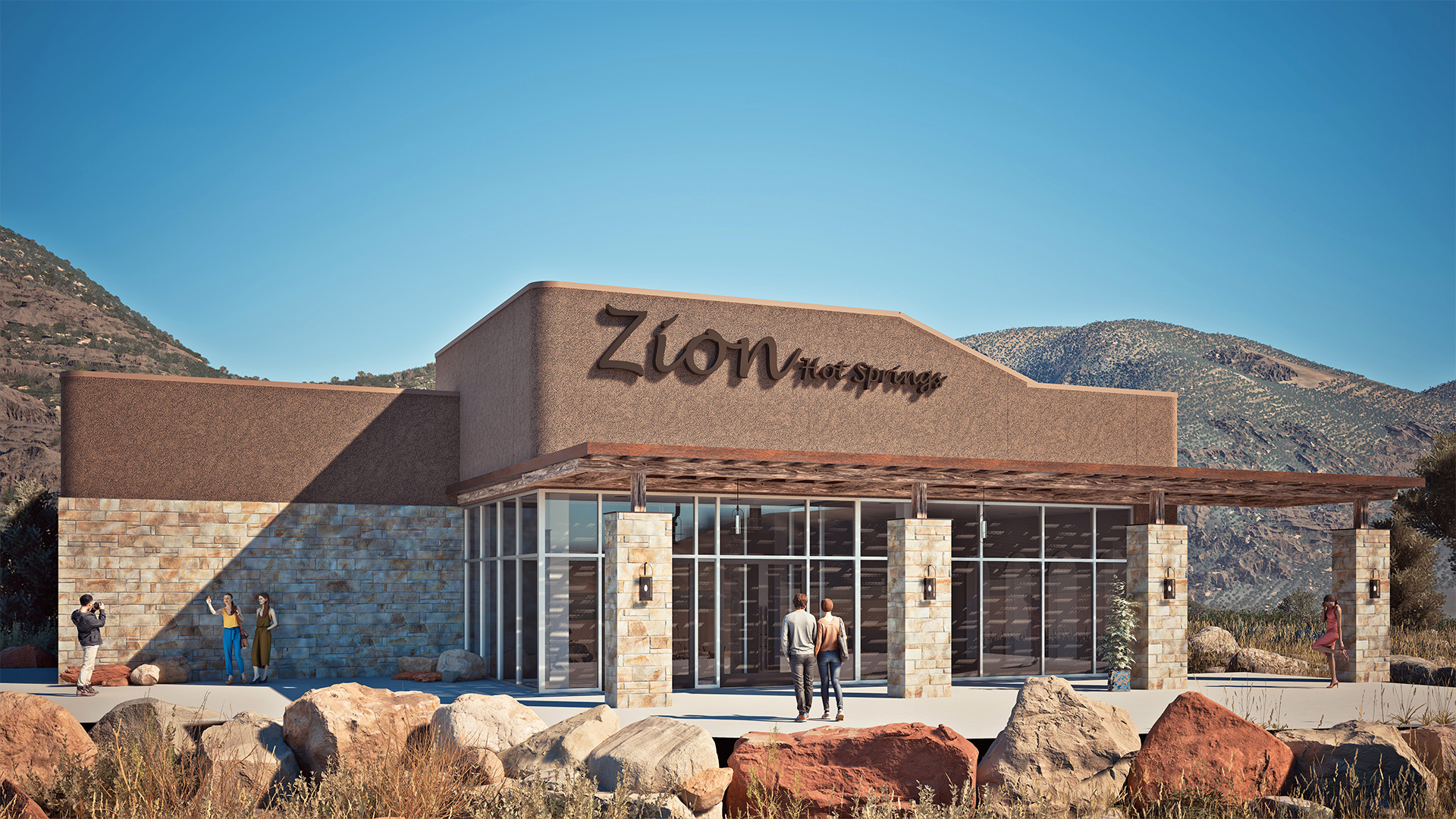
Landscaping Synergy Throughout
To stay true to the native landscape surrounding the site and help conserve water resources, landscape architects will ensure that native, drought-resistant landscaping does not require frequent watering.
Another crucially important part of the design was integrating landscape architecture into the site plans. Working with a local firm, Andrews Home Design Group, who helped to incorporate local flora and other elements into the site design helped to keep the desert feel and give the design the authenticity it needed to stay true to the ethos of Zion National Park.
Regarding the building design, the team intentionally made the site blend in with its landscape, making it a part of the desert rather than trying to make it stand out. By choosing muted color palettes and incorporating native landscaping elements, they could blend Zion Canyon Hot Springs into the natural environment's beauty. The intention of the design team was to leave no detail overlooked. For example, the buildings' hard lines were softened to complement the natural landscape by rounding the corners and incorporating desert elements into the outdoor trellises. The architecture is not to be juxtaposed but to allow the surrounding beauty to weave throughout the entire site.
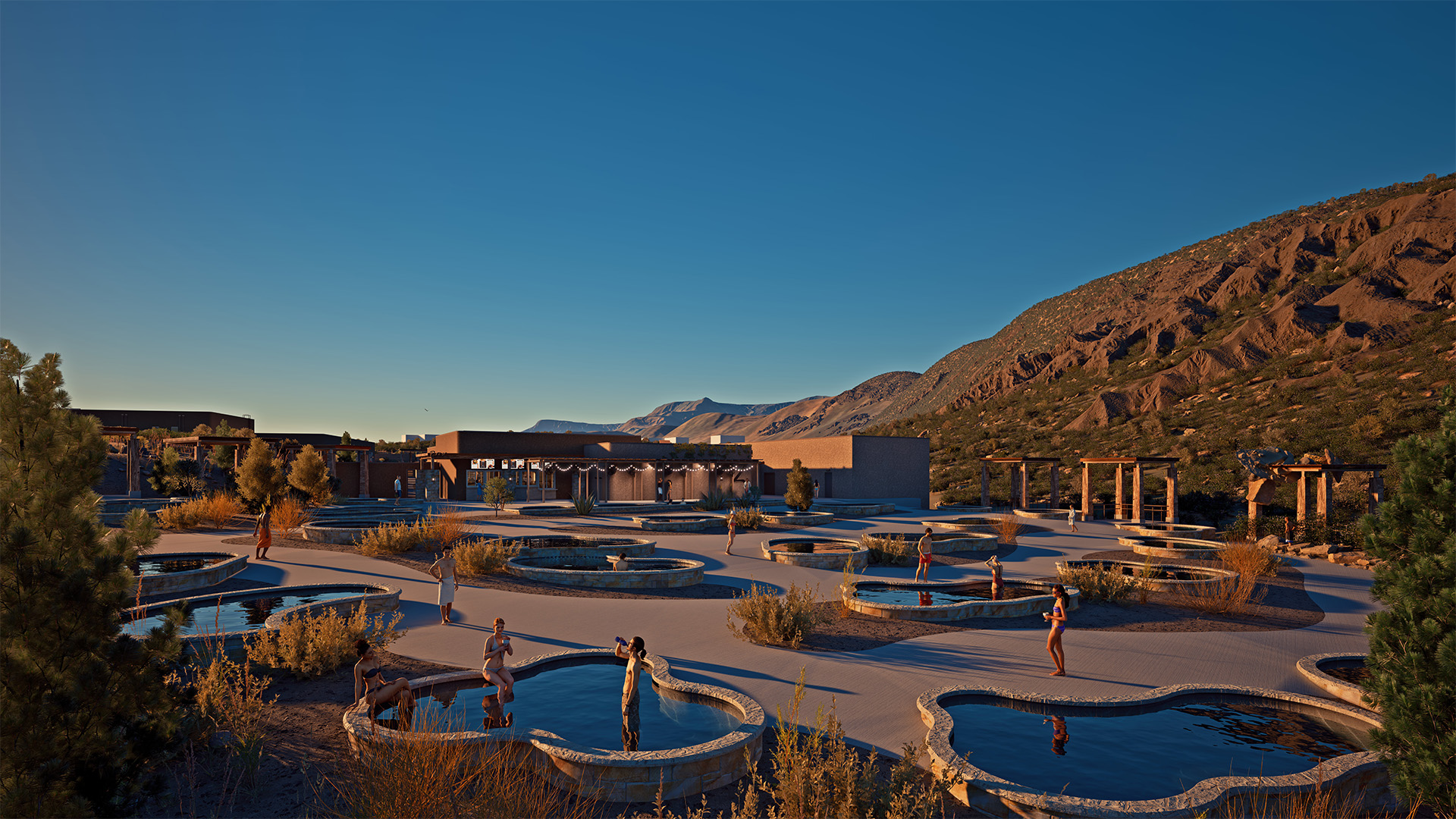
Designing a Seamless Desert Oasis
While placing a water-filled wellness resort in the middle of a desert may seem contradictory, Zion Canyon Hot Springs provides harmony between the natural elements of the desert landscape. The developers have worked closely with the City of La Verkin and the Washington County Water Conservation District officials to ensure roughly 2,000 gallons of mineral water (per minute) are pumped and dispersed to the 32 mineral pools on site. The water will be diverted and recycled back into the La Verkin Hot Springs district and the surrounding Virgin River itself.
Another bonus that gives back to the environment surrounding Zion Canyon Hot Springs? The rerouted water added back to the Virgin River will come in at a much cooler temperature, which will help sustain the native wildlife that make a home there, even in the sweltering summer months.
A more than 60-million-dollar project, Zion Canyon Hot Springs brings back the excitement and experience locals once loved. More than a decade ago, close to the Zion Canyon Hot Springs Site, La Verkin Sulphur Springs (also known as Pah Tempe or Dixie Hot Springs) used to house La Verkin Sulphur Springs, which is now defunct because of legal and financial challenges.
“It’s like second nature to develop the design approach for Zion Canyon Hot Springs. The site has so much beauty that anything we build or design would need to feel like part of the environment. From the building's curved edges to work with high wind gusts, to the terra cotta color palette and building material selection, to the building’s mountain silhouette,” said Chuong Pham, Designer at HFA.
Juggling a Family-Friendly Atmosphere with Adults-Only Fun
Because of this site's importance in terms of location, the team had to solve other challenges, including the alcoholic beverage restrictions currently in place in Utah. This site incorporates more "family-friendly" spaces without the ability to freely drink liquor-laden beverages out in the open. Hence, the Zion Canyon Hot Springs team had to strategically establish the food and beverage building as the go-between to consolidate the two areas per the state's regulations.
"One of the pieces included in the original concept designs was bigger and more expansive building structures. However, as we began digging into the project, we saw a move towards site consolidation. This meant merging the locker room, family, and main building, simplifying the site plan, and making it just two levels," said Architect Landon Foster (AIA, NCARB).
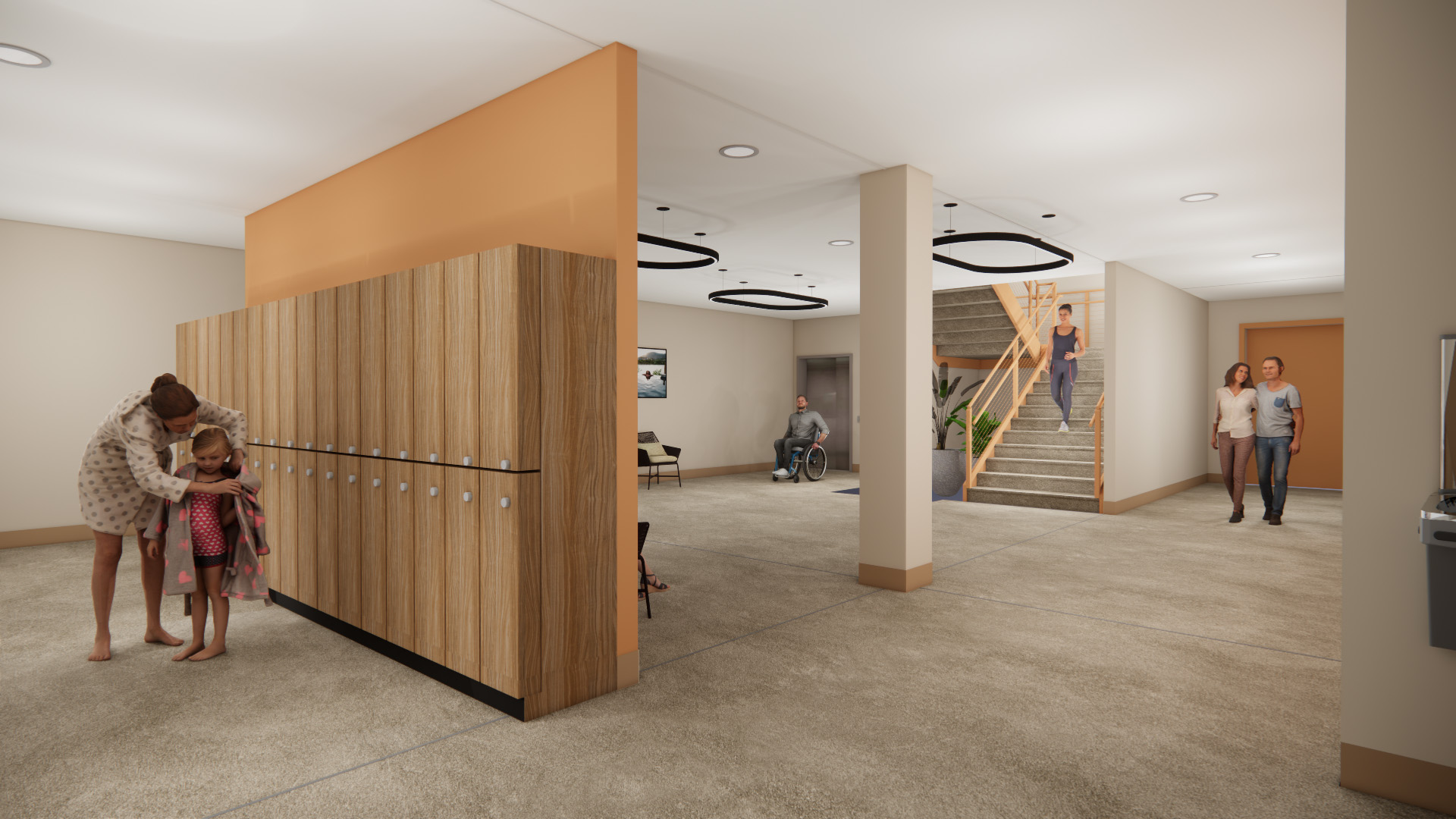
Affiliated with the Texas-based WorldSprings, which HFA played a huge role in as Concept Designer and Architect of Record, Zion Canyon Hot Springs was designed to be its iteration of the wellness hot springs concept but benefited greatly from learnings on previous projects, making this site as unique as it is seamless.
On one side, you find the adults-only section where mixed drinks, wine, and beer can be freely served, and on the other side is the family-friendly kitchen and pool area. Using the food and beverage hut as the dividing line, the team could consolidate where kitchen equipment needed to be installed, allowing both sides of the building to separate but joined by the required equipment.
According to the Utah Department of Beverage Services Commission (DABS), minors cannot be within 10 feet of a person or persons making and serving alcohol. This regulatory challenge presented one of the most noticeable differences between this site and other wellness hot springs sites in the country. At Zion Canyon Hot Springs, the star of the show is the natural hot springs, the proximity to them, and the local source. That's another reason designers wanted to keep the entire site as genuine to its surroundings as possible. The views and experience will make patrons make the trip (and hopefully many more return trips!) to the site.
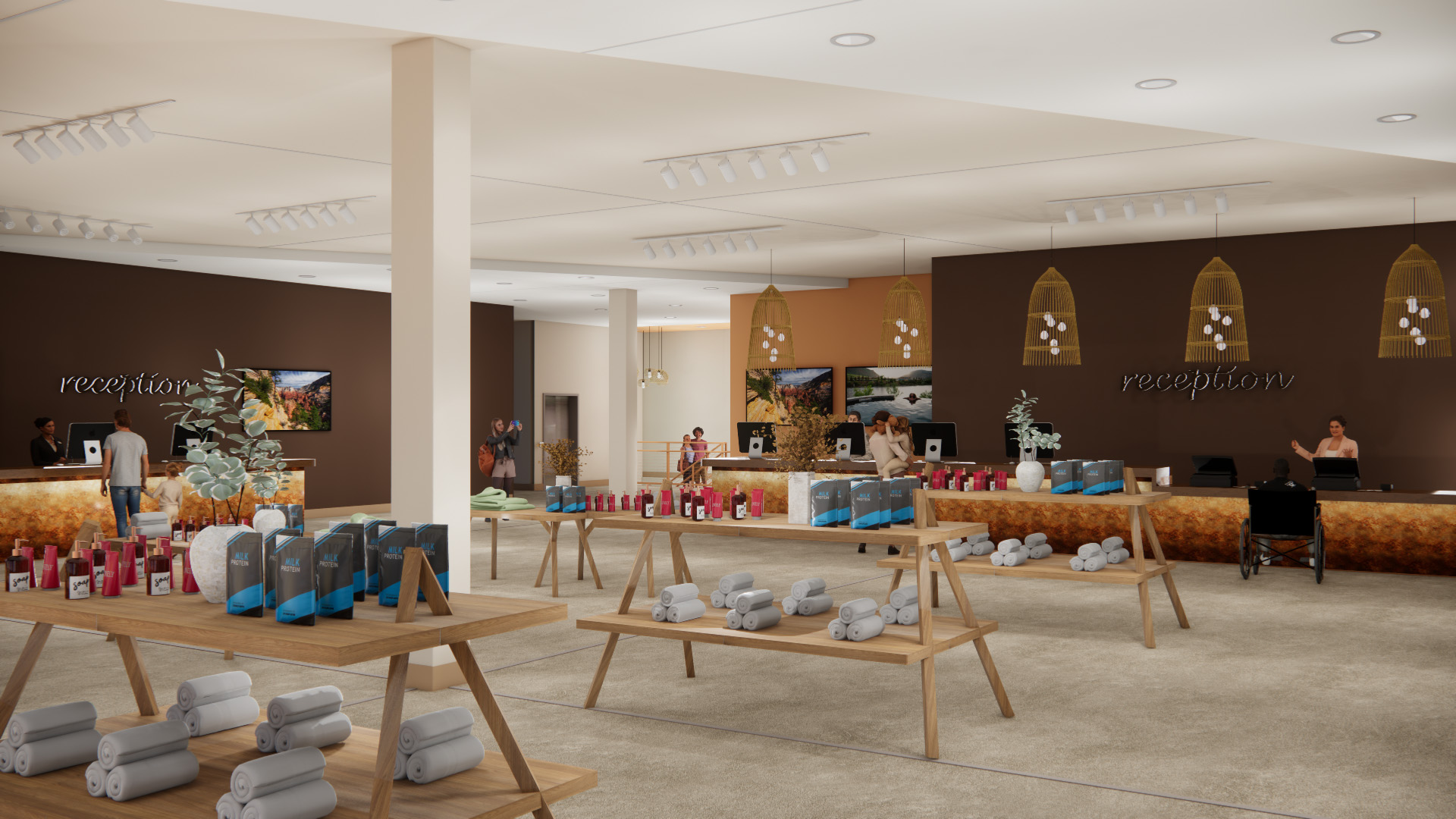
What's Next at Zion Canyon Hot Springs
Construction on Zion Canyon Hot Springs is scheduled to wrap up in mid-to-late 2025 and hopes to capture visitors' attention from Zion National Park, redefining what desert wellness is all about. It's the perfect blend of natural beauty and intelligent design, creating an inviting escape near the treasure that is Zion National Park. Despite the challenges of working with the desert landscape and unique site requirements, the team has crafted a space that feels both relaxing and authentic. From the native plants to the thoughtful layout, everything is designed to enhance the patron experience without overshadowing the stunning surroundings.
Zion Canyon Hot Springs caters to everyone. Whether you're there for a family-friendly day out or a relaxing adult retreat, the site has been thoughtfully divided to meet everyone's needs. Plus, its clever water recycling system is environmentally friendly.
In the end, this $60 million project doesn't just offer a dip in natural hot springs; it promises a rejuvenating experience that's deeply connected to the beauty and heritage of the Utah desert. Zion Canyon Hot Springs is set to become a favorite spot for locals and visitors, offering a peaceful desert oasis that feels like a natural extension of the land.
----
For more information on our work with Zion Canyon Hot Springs or any of our other Hospitality + Entertainment projects, please contact Nicole Poole (AIA, NCARB, LEED AP), Vice President, at nicole.poole@hfa-ae.com or visit our website.
Special thanks to Nicole Poole (AIA, NCARB, LEED AP), Vice President, Hospitality + Entertainment, Landon Foster (AIA, NCARB), Architect, Chuong Pham, Designer, and Taylor Peters, Designer, for their contributions to this article.


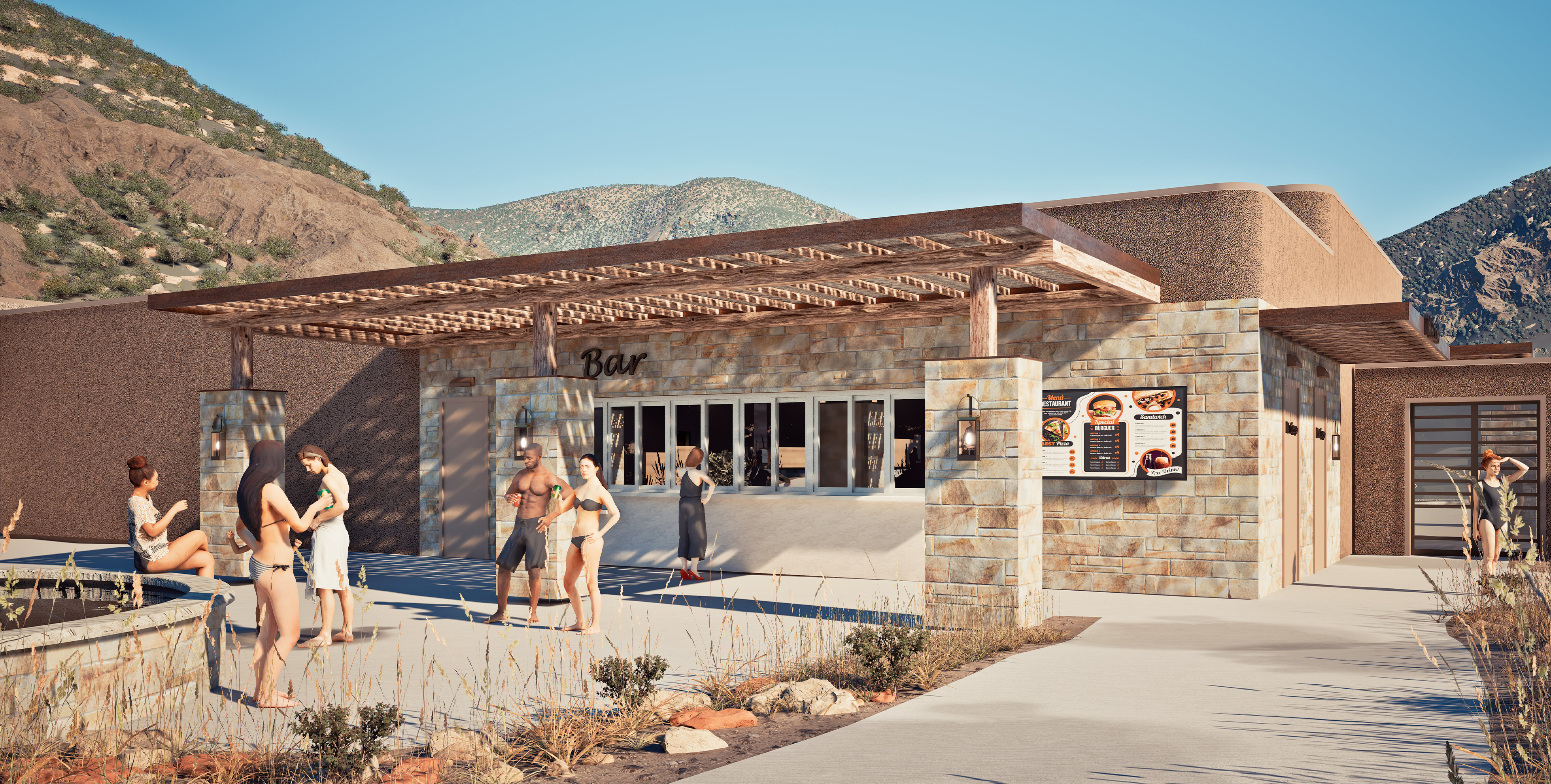
.png)
.jpg)

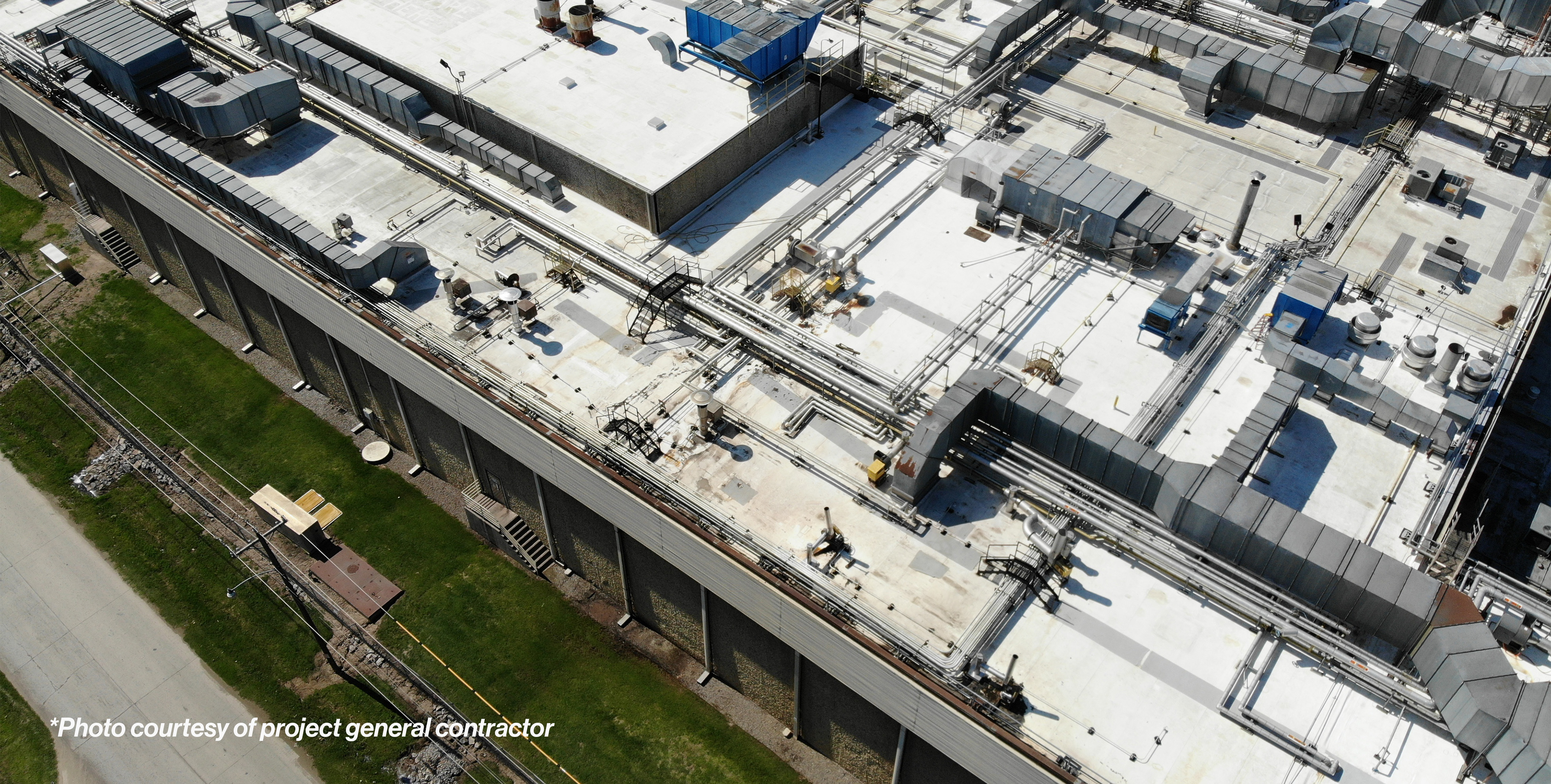

.png)
.jpg)




